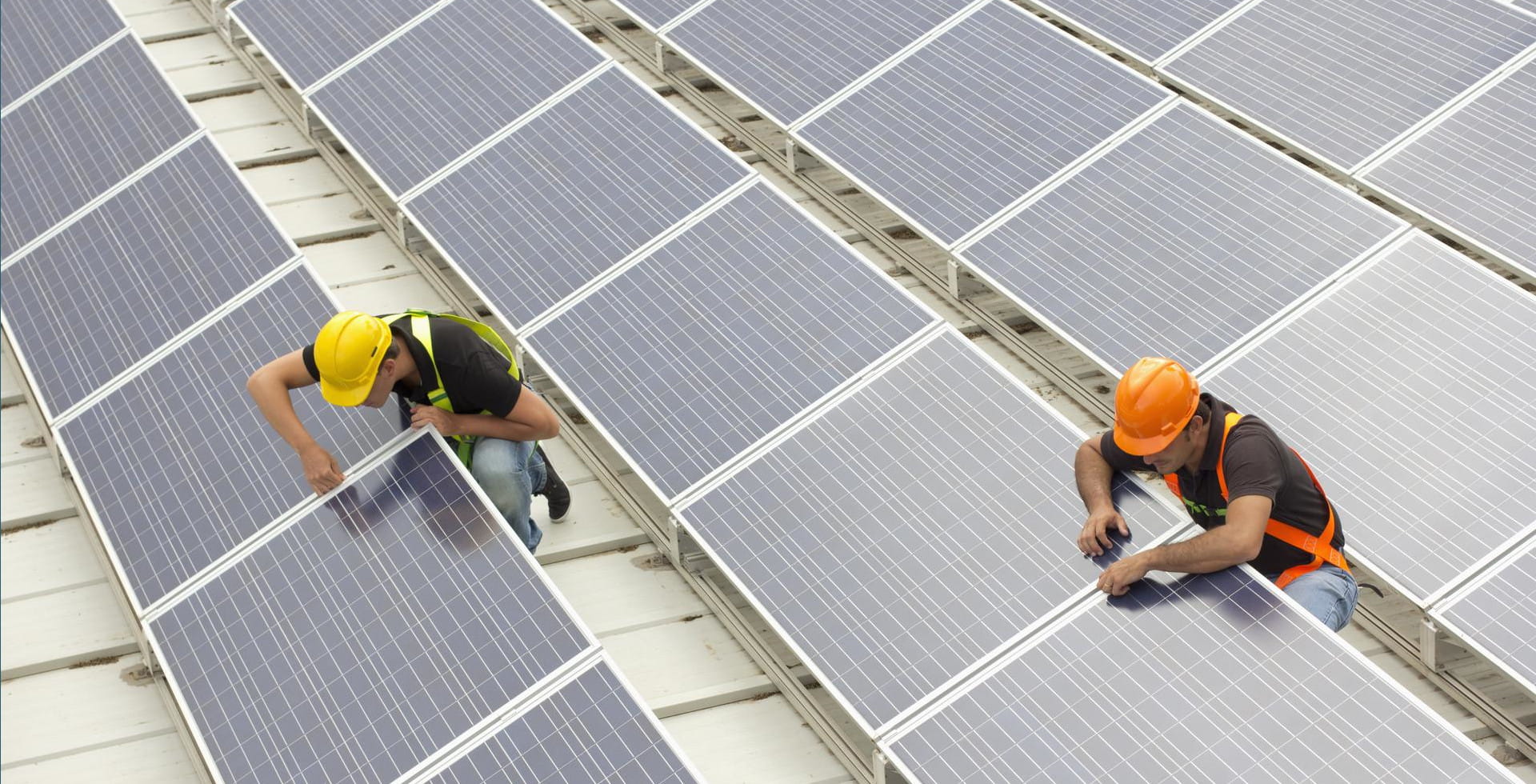Nuclear and gas in the EU taxonomy: what this means for the energy mix of tomorrow

The energy crisis prompted by the war in Ukraine has led to a reappraisal of the energy transition and thrust two contentious sources of power – nuclear and gas – into the spotlight. Does their inclusion in the EU taxonomy of sustainable investments bring clarity to their future role in the energy mix?
Key takeaways
- Nuclear and gas are now included under the EU taxonomy rules designed to bring clarity to sustainable investments, having previously been excluded
- Already considered a green source of energy in other parts of the worlds, the use of nuclear power is expected to grow steadily over the coming decades
- In the absence of economic carbon capture solutions – which are crucial to its green credentials – gas is expected to be virtually phased out by 2050
Nuclear is already one of the largest non-fossilfuel single sources of energy globally (see Exhibit 1) and, under the International Energy Agency’s (IEA) Net Zero by 2050 global roadmap its proportion of the energy mix will rise over the coming decades from 5% in 2020 to 11% by 2050. However, this is a scenario based on an ambitious plan rather than a forecast.
Gas, by contrast, looks set to play a reduced role. Unabated natural gas – that is, natural gas sourced from power stations that are not fitted with carbon capture, utilisation and storage technology (CCUS) technology – would fall from a current market share of 23% to 3% by 2050 under the IEA pathway. Similarly, natural gas with CCUS is expected not to constitute a significant proportion of the future energy market.
What is the EU taxonomy?
The EU taxonomy is a classification system that sets out a list of environmentally sustainable economic activities, providing companies, investors and policymakers with definitions of which economic activities can be considered environmentally sustainable.
In July 2022, the European Parliament rejected a motion opposing the inclusion of nuclear and natural gas as environmentally sustainable activities.
Exhibit 1 – Global use of nuclear to rise and gas to fall by 2050

Source: IEA Net Zero by 2050
Why does nuclear power divide opinion?
Proponents of nuclear power point to various factors in its favour:
- Very low carbon emissions
- Reliable baseload energy source
- The flexibility of its power output nuclear means it is well adapted for the grid
- No science-based evidence that nuclear power, under normal operations, causes greater harm to human health than other sources of power
- Strict regulation of all waste from the nuclear power generation process
- Low price volatility.
However, critics point to several drawbacks of nuclear power:
- Constructing new nuclear power plants is technologically challenging and complex, and there is a weak track record of keeping costs down and building new plants on time
- Despite their very low frequency, incidents associated with nuclear power can be extremely serious
- Plants need to be in areas with low vulnerability to physical risks
- Radioactive waste has a very long lifespan and can be difficult to store safely
- Uranium mining can have a negative impact on the environment.
Nuclear set to play an important role in securing global energy supply
Despite ongoing divisions among individual European countries, the EU position on nuclear is now more aligned with taxonomies in other parts of the world, where it is considered a green source of energy. That said, much of nuclear energy’s future expansion will be in markets outside Europe.
In many developed economies, there has been a push to extend the lifecycle of reactors beyond the length of time they were originally designed for (typically 40 years) instead of building new plants. The main expansion of nuclear power is therefore expected to be in the Asia-Pacific region, which looks set to account for two-thirds of additional units over the coming years (see Exhibit 2). Over the longer term, China and India alone are expected to operate over 140 nuclear power reactors according to some sources.
Today, there are more than 400 nuclear power plants around the world generating 367 gigawatts (GW) of power, with another 57 under construction and a further 89 planned. However, between 2025-40, many existing plants will reach the end of their planned lifetimes and will need to be decommissioned.
The resulting loss in power supply will need to be replaced or the closures delayed as on their own, the new plants due to be constructed will not be sufficient to meet the target of net zero emissions by 2050. As it stands, nuclear capacity is projected to hit 582 GW by 2040 – well below the 730 GW required in the net-zero emissions by 2050 scenario2.
How much power does 1 gigawatt provide?

Source: Office of Energy Efficiency and Renewable Energy, United States
Major obstacles for gas to overcome
As the world’s second-largest source of electricity, natural gas is a key component in the current energy mix. However, its carbon credentials represent a significant headwind to its continued large-scale use – even though it has been officially recognised in the EU taxonomy.
Although a new natural gas plant emits approximately 50-60% less CO2 than a new coal plant, very few existing natural gas plants meet the stringent technical criteria to be considered green as set out by the EU taxonomy. If these criteria are to be met, several challenges need to be overcome, including the high cost of carbon capture and dealing with gas leakages.
High-efficiency gas power plants and scalable, low-cost carbon-capture technology will be key enablers for gas and we will continue to monitor its progress. Despite the inclusion of gas in the taxonomy – which has been met with criticism – there are many obstacles for gas plants to overcome to be in line with the taxonomy.
Exhibit 2 – Number of nuclear power reactors around the world as at the end of May 2022

Source: World Nuclear Association, IAEA PRIS
Criteria for gas and nuclear power plants to be deemed eligible in the EU taxonomy
To be deemed eligible for inclusion in the taxonomy, power plants need to meet several requirements.
- New natural gas projects that receive their construction permit by 31 December 2030 must have direct GHG emissions (known as Scope 1 emissions) lower than 270gCO2 e/kWh, while projects beyond that date must have lifecycle emissions below 100gCO2 e/kWh.
- Existing gas plants must have plans to switch to renewable or low-carbon gases by the end of 2035
- For nuclear plants to be included in the taxonomy parameters include: construction permits to be received by 2045; plants must switch to switch to accident-tolerant fuels by 2025; and they must adhere to specific standards for the disposal of radioactive waste (among other requirements).
Debate set to continue
The inclusion of nuclear power and gas in the EU taxonomy rules has intensified discussions about how to approach the current energy crisis while continuing the transition to a sustainable future. While nuclear is likely to play an increasing role in the future energy mix, the prohibitive conditions set out in the taxonomy mean the gas industry needs to overcome some big challenges if gas is to continue playing a major role in energy supply. Whatever the outcome, the debate about the green credentials of the two energy sources looks set to continue.
1. According to a report by the European Commission’s Joint Research Centre, technologically advanced reactors are believed to have the lowest public fatality rate of all electricity production technologies.2. According to an IEA report published in November 2021 (https://www.iea.org/reports/nuclear-power)







